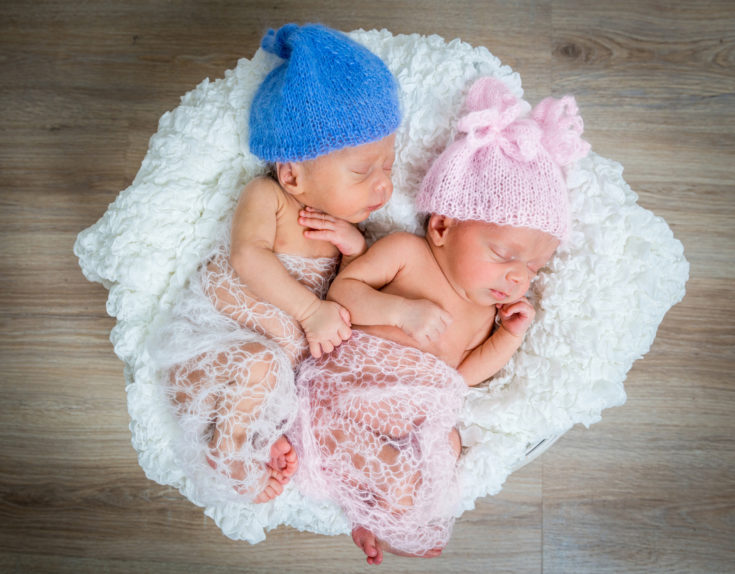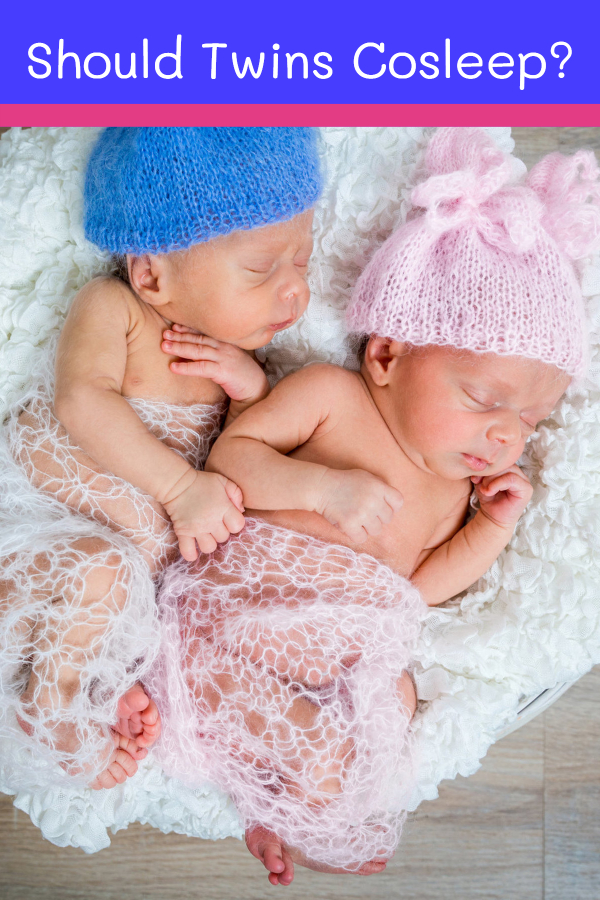Disclosure: This post may contain affiliate links, meaning we get a commission if you decide to make a purchase through our links, at no cost to you. Please read our disclosure for more info.
Pregnancy and childbirth are usually exciting events in the life of a new family. But sometimes the result isn’t quite what you expected. When twins come along, most new parents are rattled. When those twins are premature, it doesn’t take a master’s degree in psychology to see that the situation becomes even more frightening. It’s not easy for any parent to know how to care for their newborn, and it’s especially stressful when you’re bringing home two preterm infants.
One of the first decisions you’ll have to make as a parent is whether or not you want to cosleep. Cosleeping is somewhat controversial, but there are valid arguments for both those who support it and those who advise against it.

Some argue that cosleeping increases the chance of SIDS, a disease of unknown origin that causes the sudden death of an infant under the age of one. Reports have been made of infants being suffocated by an overlying adult, especially when the adult was in a particularly deep state of sleep, often induced by alcohol or drugs. Soft sleep surfaces and entrapment are other risk factors for an infant in a family bed.
The American Academy of Pediatrics advises that cosleeping may be dangerous under certain circumstances and suggests that parents instead place a crib or freestanding cosleeper next to the bed so that the benefits of cosleeping may be enjoyed without the risks. Should parents decide to cosleep, the AAP advises that babies be put on their backs, that loose covers and soft surfaces be kept away from infants, and that the bed be moved away from the wall and other furniture to avoid entrapment.
Losing a baby to SIDS is a fear shared by most parents. But some argue that safe cosleeping practices do not put a child at any greater risk of succumbing to SIDS. In fact, there is evidence to suggest that SIDS occurs more regularly in the crib than in the family bed. It is quite possible that the benefits of cosleeping outweigh the possible risks.
Cosleeping can be especially beneficial to premature infants. The extended time spent in a hospital common to preterm babies is disruptive to the development of circadian rhythms. Cosleeping infants are more likely to develop a diurnal schedule, sleeping at night and waking more throughout the day.
Twins can benefit from cosleeping in a number of ways. They are better able to conserve body heat and regulate their temperatures. Twins display an ability to comfort one another when placed together to sleep. And there are also the benefits that affect singletons and multiples alike: nighttime skin-to-skin contact creates a sense of security for the baby; fathers are given the opportunity to bond more with their babies than might otherwise be possible; nursing mothers are able to feed their babies with less disruption of sleep for either party; cosleeping is thought to lead to more confidence and independence in children.
You will make the right decision if you trust your research and your gut. Maternal instincts exist for a reason.

